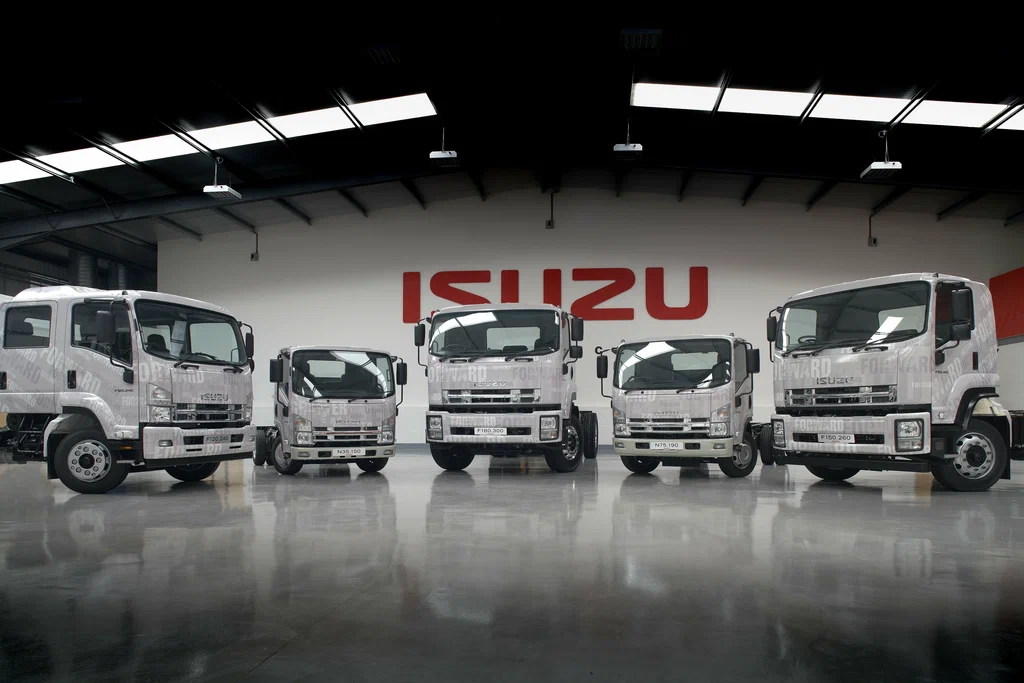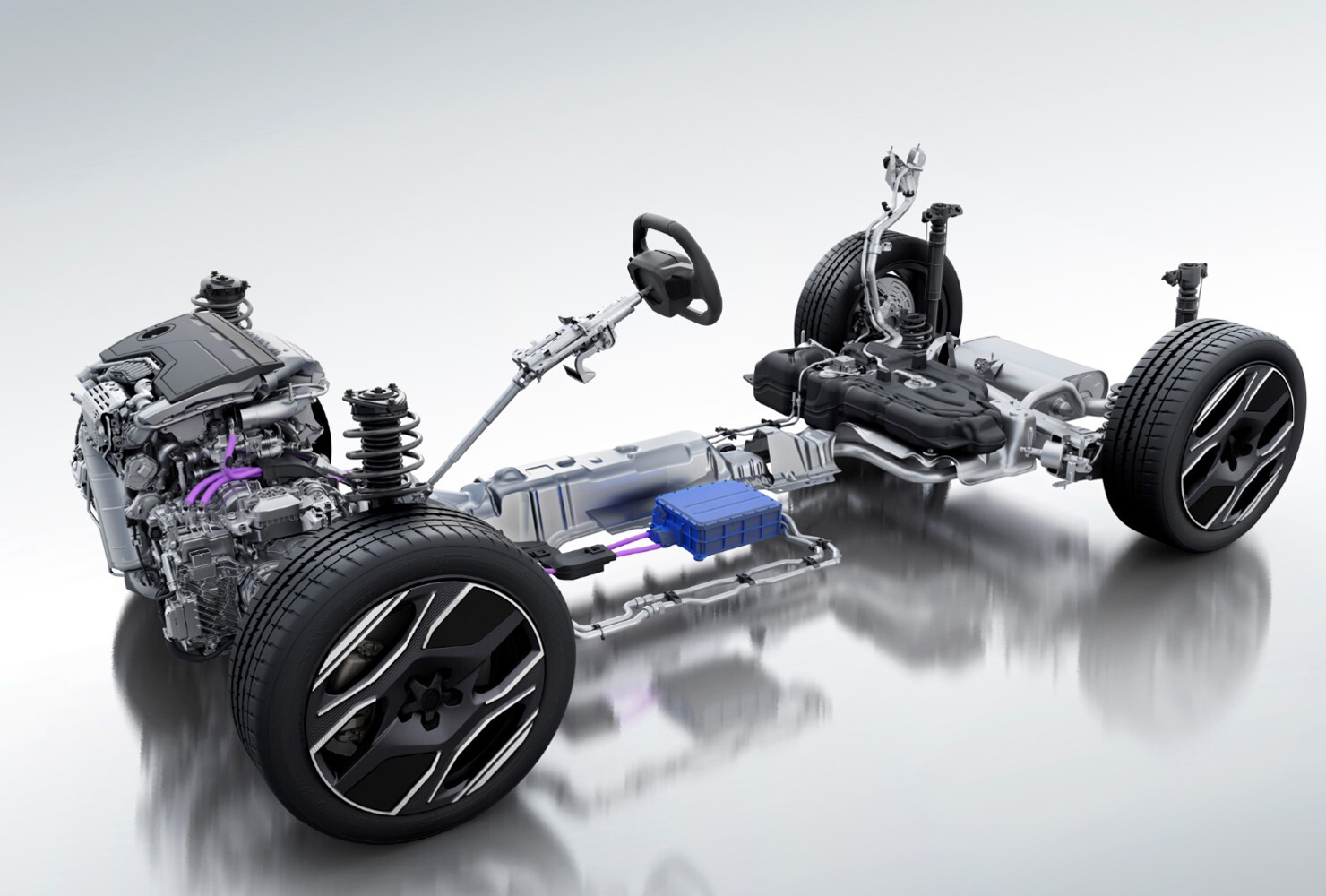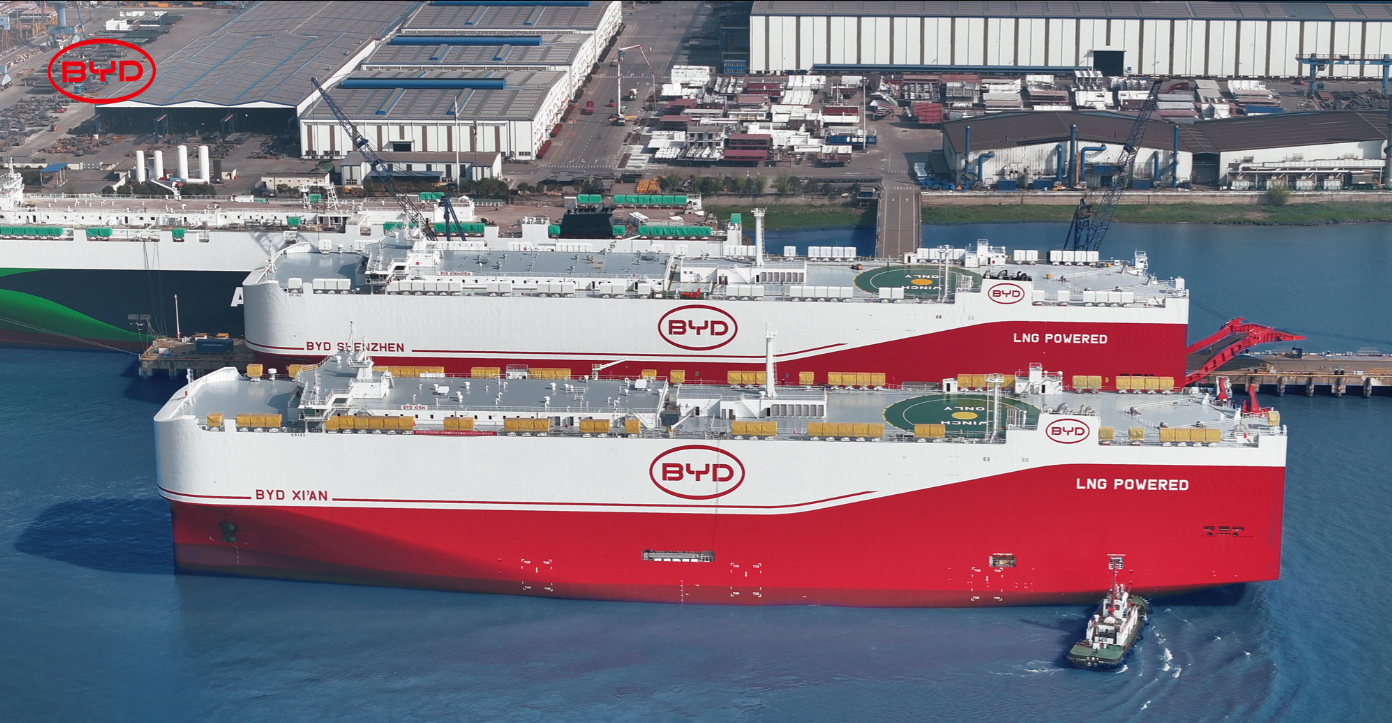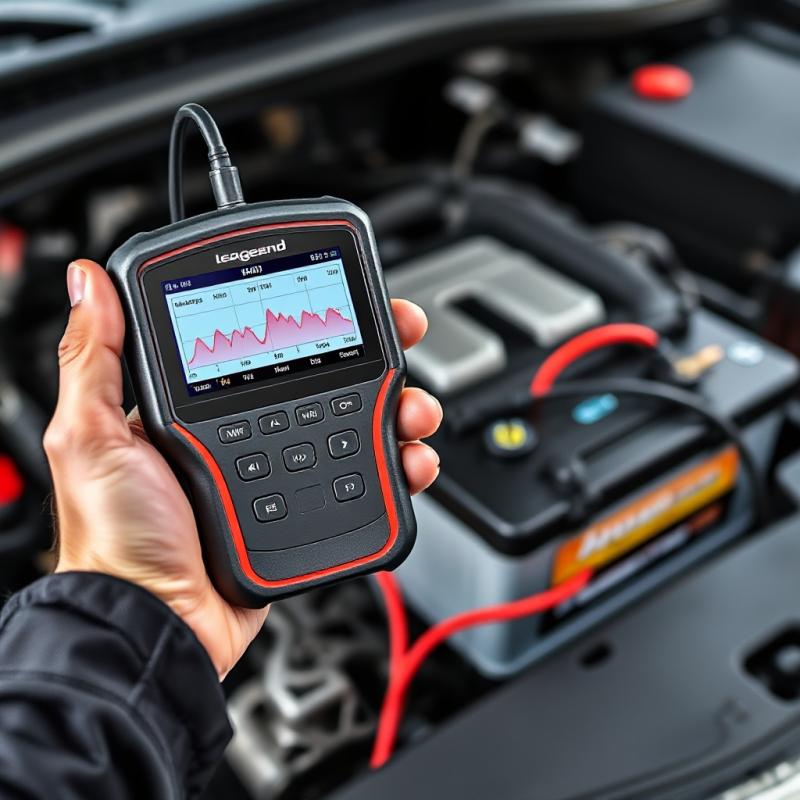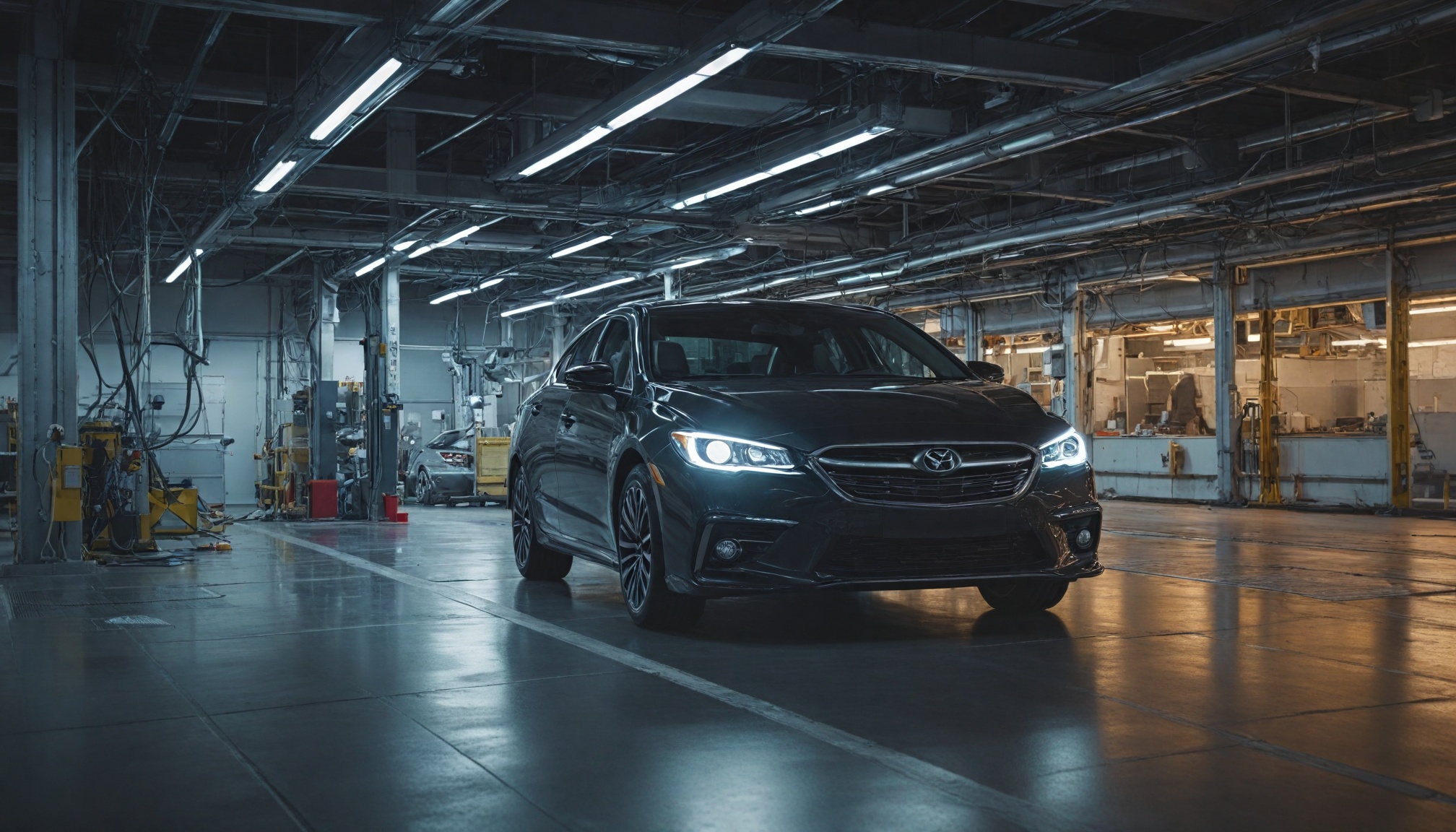
Explore how modern vehicles transition to centralized computing architectures, creating new safety challenges when critical and non-critical systems share resources.

Drivetech Partners
The automotive industry is experiencing a radical shift from traditional hardware-focused vehicles to centralized, software-defined architectures that consolidate computing resources. This transformation creates new functional safety challenges as applications with different safety criticality levels must now share hardware resources like memory, processor time, and network bandwidth without compromising critical vehicle functions.
Key Takeaways
Modern vehicles are transitioning from distributed systems with 60-80 computers to centralized computing architectures that reduce complexity
Mixed-criticality systems require temporal independence between safety-critical and non-critical applications sharing resources
Time-aware architecture provides deterministic behavior essential for maintaining functional safety in complex systems
Software isolation through containerization and hypervisors prevents interference between applications of varying criticality
Over-the-air updates create new safety challenges as vehicle systems evolve throughout their lifecycle

The Software-Defined Vehicle Revolution
The automotive industry stands at a pivotal turning point as it shifts from hardware-centric to software-defined vehicles (SDVs). Traditional cars contain between 60-80 separate computers running 50-80 million lines of code distributed across various electronic control units (ECUs). Modern SDVs dramatically simplify this architecture by consolidating functions into fewer, more powerful centralized computers.
This architectural transformation reduces vehicle weight, lowers production costs, and significantly increases efficiency. The shift also enables manufacturers to introduce new features and fix issues through software updates rather than hardware replacements. For automotive engineers and safety specialists, this represents both an opportunity and a complex safety challenge that must be addressed with innovative approaches.
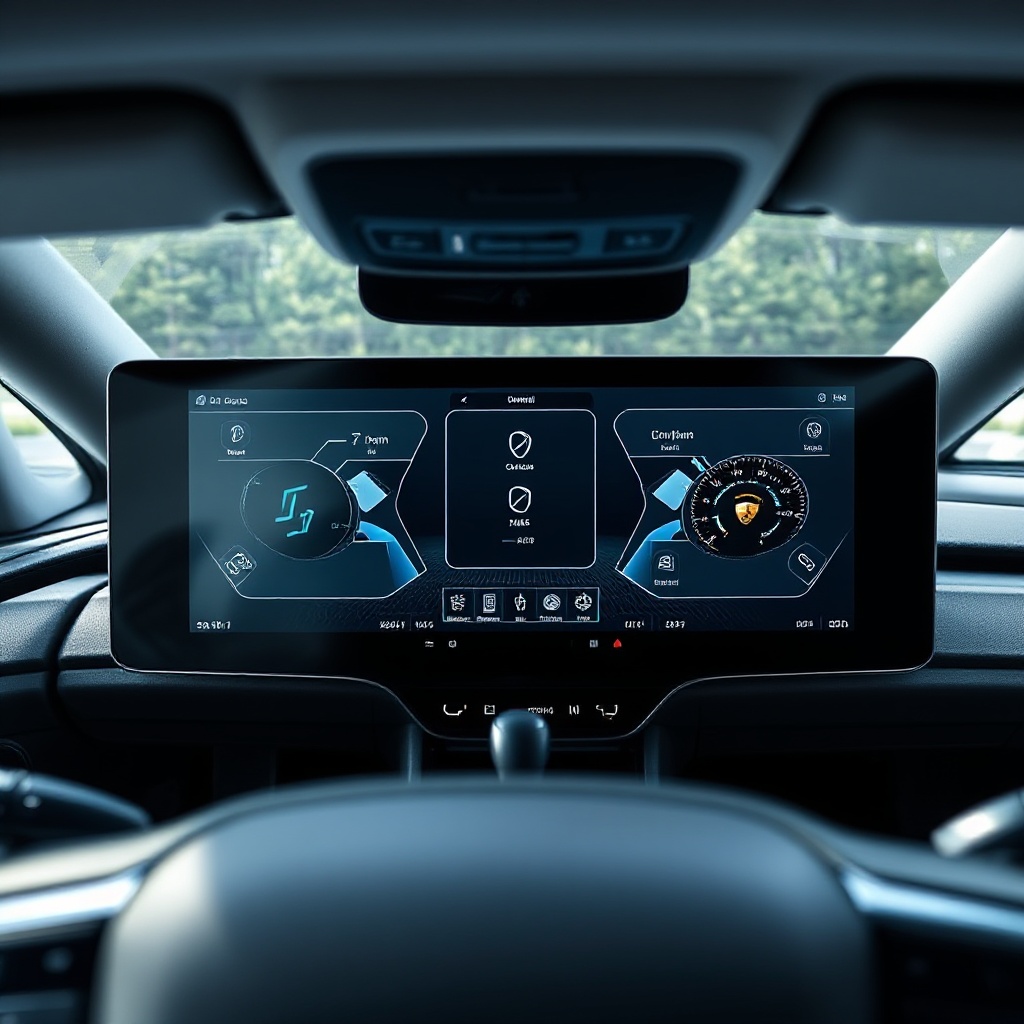
Mixed-Criticality Systems: The Core Challenge
The fundamental challenge of centralized computing in vehicles comes from hosting applications with varying safety requirements on shared hardware. Safety-critical functions that control braking or steering must operate flawlessly alongside non-critical applications like entertainment systems.
In traditional federated architectures, each function had dedicated hardware, providing natural fault containment. However, this approach lacks scalability and adds weight, cost, and complexity. The industry must now maintain ISO 26262 compliance while handling the increased complexity of mixed-criticality systems.
The key requirement becomes establishing temporal independence between tasks of different criticality levels. When multiple applications compete for the same resources, the system must ensure that safety-critical functions always receive priority and guaranteed performance.
Centralized Computing: Architectural Foundation
Software-defined vehicles replace numerous ECUs with domain controllers that group functions of specific vehicle systems. These controllers utilize System on Chip (SoC) technology with computing and memory capabilities distributed across several processing cores.
High-performance computers (HPCs) in modern vehicles often integrate specialized computing structures optimized for artificial intelligence workloads. These powerful processors connect to sensors, actuators, and other vehicle systems through high-bandwidth networks, typically using automotive-grade Ethernet.
Industry partnerships highlight this shift toward centralized computing. For instance, Renault Group partnered with Qualcomm to implement the "Snapdragon Digital Chassis" solution, creating a comprehensive computing platform that handles everything from instrument displays to advanced driver assistance systems.
Resource Contention: The Functional Safety Bottleneck
In centralized architectures, applications must share memory, network bandwidth, and processor time—creating potential resource contention issues. Traditional development approaches that focus on getting products to market quickly can create safety problems when functions compete for limited resources.
Current ISO 26262 methodologies were designed primarily for isolated systems and must evolve to address these new challenges. The critical need is to prevent message loss and extreme latencies that could affect safety-critical systems.
Advanced driver assistance systems (ADAS) and automated driving functions require guaranteed performance levels regardless of what other systems in the vehicle are doing. Without proper resource management, non-critical applications could potentially interfere with safety-critical functions—an unacceptable safety risk in automotive systems.
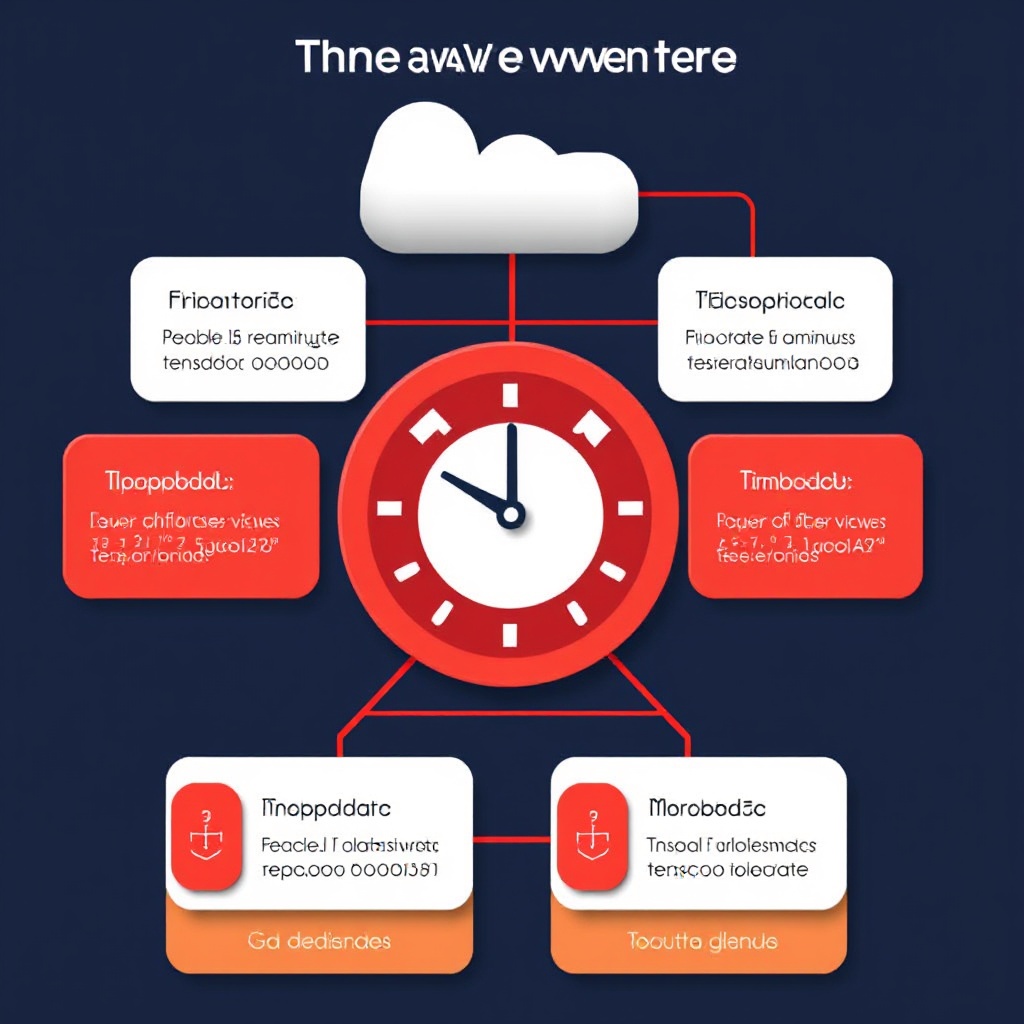
Time-Aware Architecture: Ensuring Determinism
Time-aware architecture has emerged as a critical solution for delivering deterministic, predictable behavior in mixed-criticality systems. This approach ensures that all system components operate within carefully defined time boundaries, providing temporal isolation between applications of different safety levels.
Partitioned scheduling techniques achieve temporal independence while minimizing CPU usage. These methods allocate specific time slots to different applications, ensuring that critical functions always get the processing time they need regardless of demands from other systems.
Time-Sensitive Networking (TSN) plays a vital role in managing increasing bandwidth requirements while meeting strict real-time constraints. System-wide time synchronization enables coordinated task execution across multiple processors and domains, maintaining consistent timing throughout the vehicle.
To address the complexity of designing these time-aware systems, developers use heuristic algorithms that solve scalability issues in constrained synthesis and optimization. These approaches make it possible to create deterministic systems that can handle the complex demands of modern vehicles.
Software Isolation Strategies
The CAR OS (Car Operating System) provides the foundation for running mixed-criticality functions in modern vehicles. This typically involves hybrid operating system approaches, with Linux-based systems handling non-essential applications while real-time operating systems manage safety-critical tasks.
Containerization and hypervisors create strong boundaries between software components to minimize interference. These technologies allow different applications to run on the same hardware while maintaining logical separation, reducing the risk of system-wide failures.
At the hardware level, a Microcontroller Abstraction Layer (MCAL) provides APIs that hide hardware complexities from higher-level software. This abstraction enables greater software portability and makes it easier to update individual components without affecting the entire system.
Preemption support improves schedulability in safety-critical real-time systems by allowing high-priority tasks to interrupt lower-priority ones when necessary. This capability ensures critical functions always receive immediate attention, maintaining safety even under heavy system loads.

OTA Updates: Safety Considerations for Evolving Systems
Over-the-air (OTA) updates deliver regular software updates to core vehicle functions without requiring workshop visits. These updates can refresh programs like battery management in electric vehicles for improved range or enhance Advanced Driver Assistance Systems with new safety capabilities.
While OTA updates offer significant benefits, they create new functional safety challenges as systems change throughout their lifecycle. Safety engineers must ensure that updates don't introduce new risks or compromise existing safety measures.
Performance improvements become possible years after vehicle purchase through software updates. This capability transforms vehicles into continuously improving platforms rather than products that gradually become obsolete. Updates typically occur every two to three months, similar to the update cadence for smartphones.
For safety-critical systems, manufacturers must implement rigorous validation processes for updates, including fallback mechanisms and rollback capabilities. These safeguards ensure that vehicles remain functional and safe even if an update doesn't complete successfully.
Future-Proofing: Building Adaptive Safety Systems
As vehicles become more connected and software-defined, real-time analytics will provide increasingly important actionable insights for decision-making across the automotive value chain. These analytics help identify potential safety issues before they become critical problems.
Continuous monitoring ensures compliance with evolving safety standards, allowing vehicles to adapt to new requirements throughout their lifecycle. Data-driven approaches enable proactive safety measures and early issue detection, potentially preventing accidents before they occur.
The synthesis of schedules and routes for Time-Sensitive Networking helps fulfill timing and reliability requirements as systems become more complex. This capability ensures that critical messages arrive on time even as bandwidth demands increase.
Integration of emerging standardization efforts helps maintain safety as automotive technology evolves. By following industry-wide standards and best practices, manufacturers can ensure their vehicles remain safe and reliable despite the growing complexity of software-defined systems.
Sources
Renault Group - All about the software-defined vehicle
Blackberry QNX - Software-Defined Vehicle
Texas Instruments - SLYY236
Valeo - Everything you need to know about the software-defined vehicle
Avenga - Software-defined vehicles
Deskera - Automotive ERP Real-Time Data
DiVA Portal - FULLTEXT01.pdf
Nira Dynamics - Software-defined vehicles: a new paradigm in automotive development
arXiv - 2304.13110v3
TTTech Auto - Automotive future lies safety ee architectures
